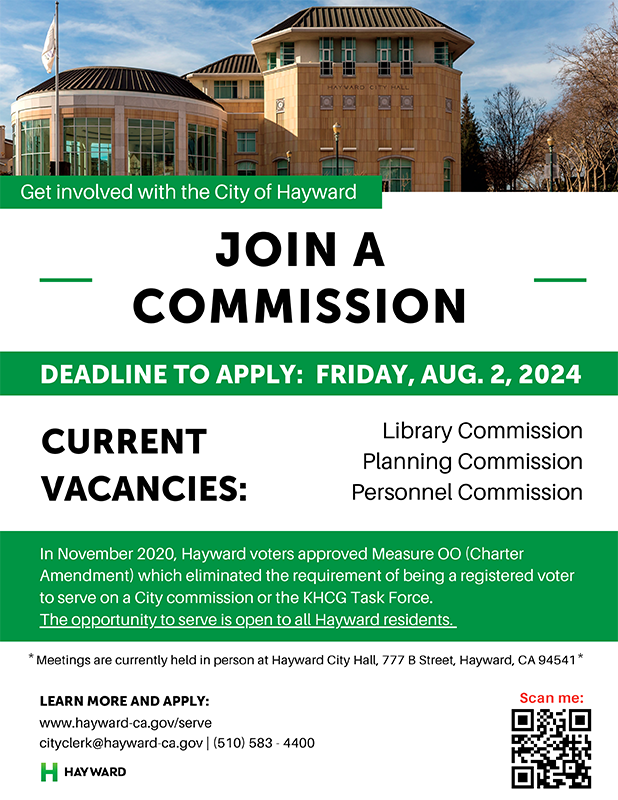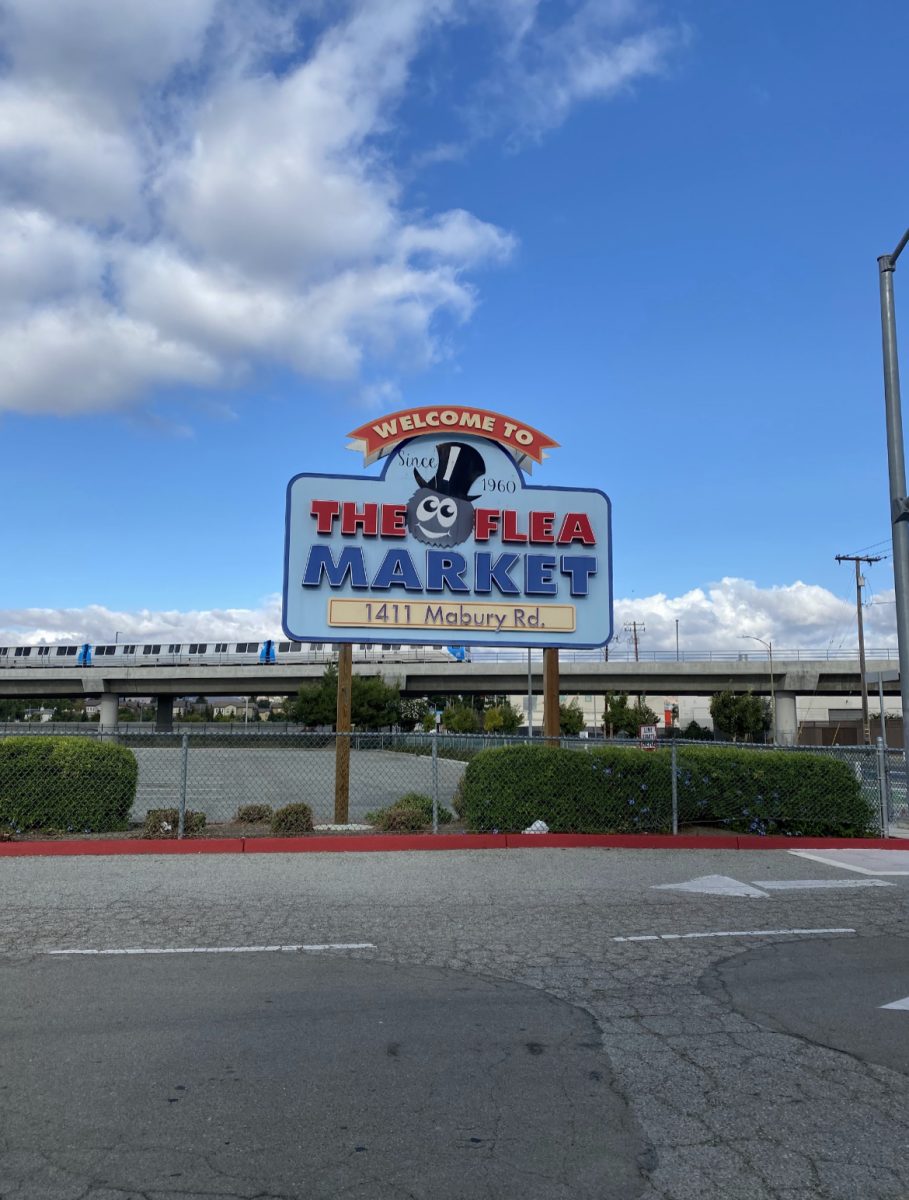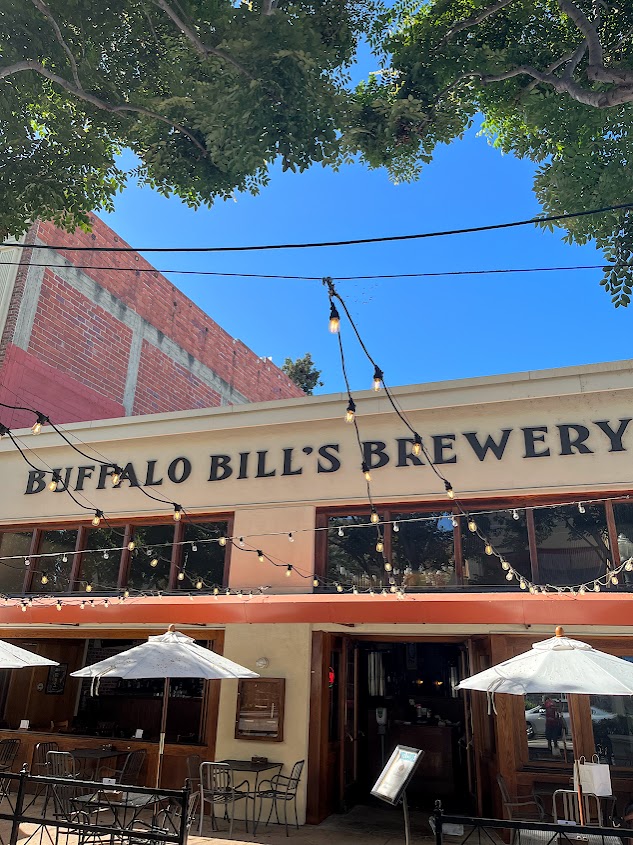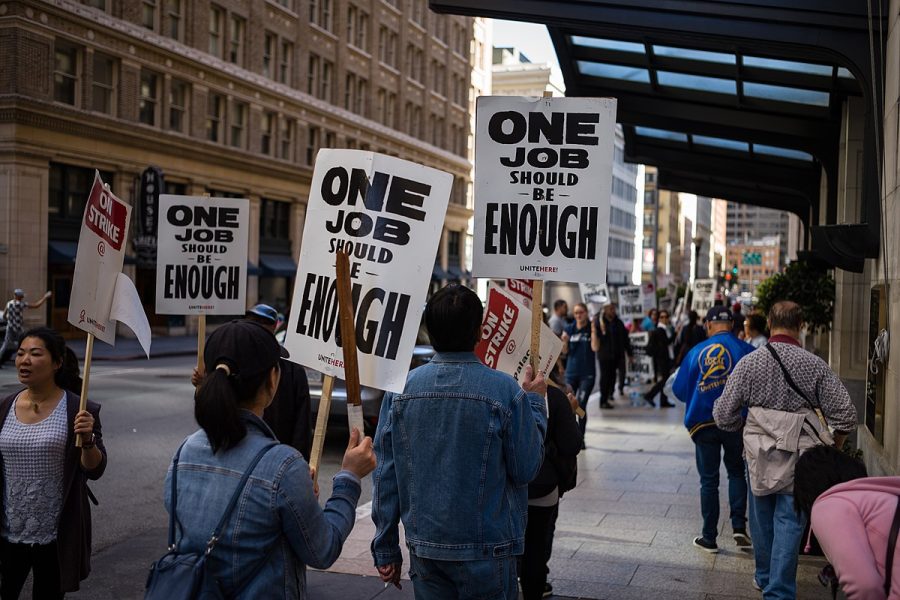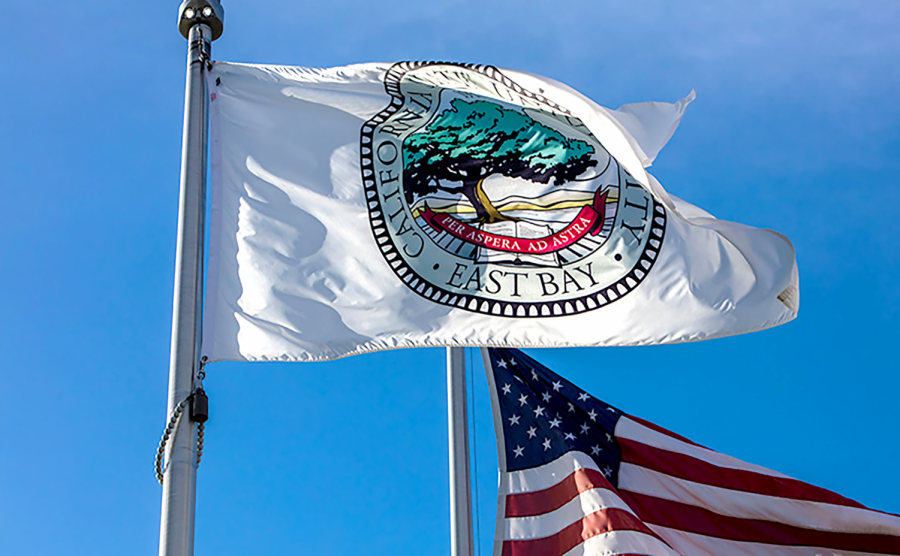As a result of an increase in its population in the past decade, the City of San Leandro is currently in the process of redrawing its political district lines to accommodate disproportionate population growth within city council districts.
Redistricting can potentially change the political landscape of San Leandro and will alter the current city council district lines, dividing populations in some districts.
City council members held a meeting Oct. 13 to invite residents to learn of the proposed 2011 council district maps and request community input to assist in the redistricting process.
Despite the few San Leandro residents in attendance, the majority approved of the city’s recommended district adjustments.
Section 230 of the City of San Leandro’s charter orders the drawing of new political district lines if the U.S. Census reports a population increase of more than five percent.
Between 2000 and 2010 San Leandro’s population grew from 79,452 to 84,950, an increase of nearly seven percent, according to the 2010 U.S. Census. The population increase caused an uneven distribution of the city’s six city council districts.
The council said criteria for the redistricting process includes, “keeping the population of districts as equal as possible, within a five percent variance between districts, respecting neighborhood and school district boundaries and ensuring that newly drawn districts are as similar to the old districts as possible.”
The city’s proposed district map will only affect council districts one and five and will keep the area of change under four percent.
After exploring maps with different variance percentages, the council settled for the option that produced the least bit of change.
“We wanted to deal with the most minimal of changes,” said San Leandro Mayor Stephen Cassidy. “The two percent [variance] map, which the council decided not to move forward with, incorporated a tremendous change to many districts. With the five percent variance map we were able to take one district and make little change.”
Community members in attendance were pleased that the modifications applied to San Leandro’s political districts were minimal and protected the current school district boundaries.
San Leandro city employees say the target population by district should ideally be 14,158 residents to each city council member.
“The goal here is to try to figure out where you can move population from one district to another to balance out the uneven population growth,” said Cassidy.
Despite the fact that some city council members would be losing a significant amount of residents in their districts, they remained optimistic of the new plan.
“Even though we have different areas that we represent, we all represent the city as a whole,” said Pauline Cutter, city council member representing district five.
Cutter’s district experienced a 15 percent population increase since 2000, the highest population increase of all of San Leandro’s six districts. This is partly due to Cherrywood, a housing development in district five that was not counted in the 2000 U.S. Census.
While district five experienced the highest increase, it will also experience the most substantial loss of residents in the newly proposed council district map, losing 564 of its current members.
Though initial steps have been made to complete the 2011 redistricting process, the city council district maps are not finalized yet. The City of San Leandro has plans to adopt a new district at the City Council Public Hearing in November.




